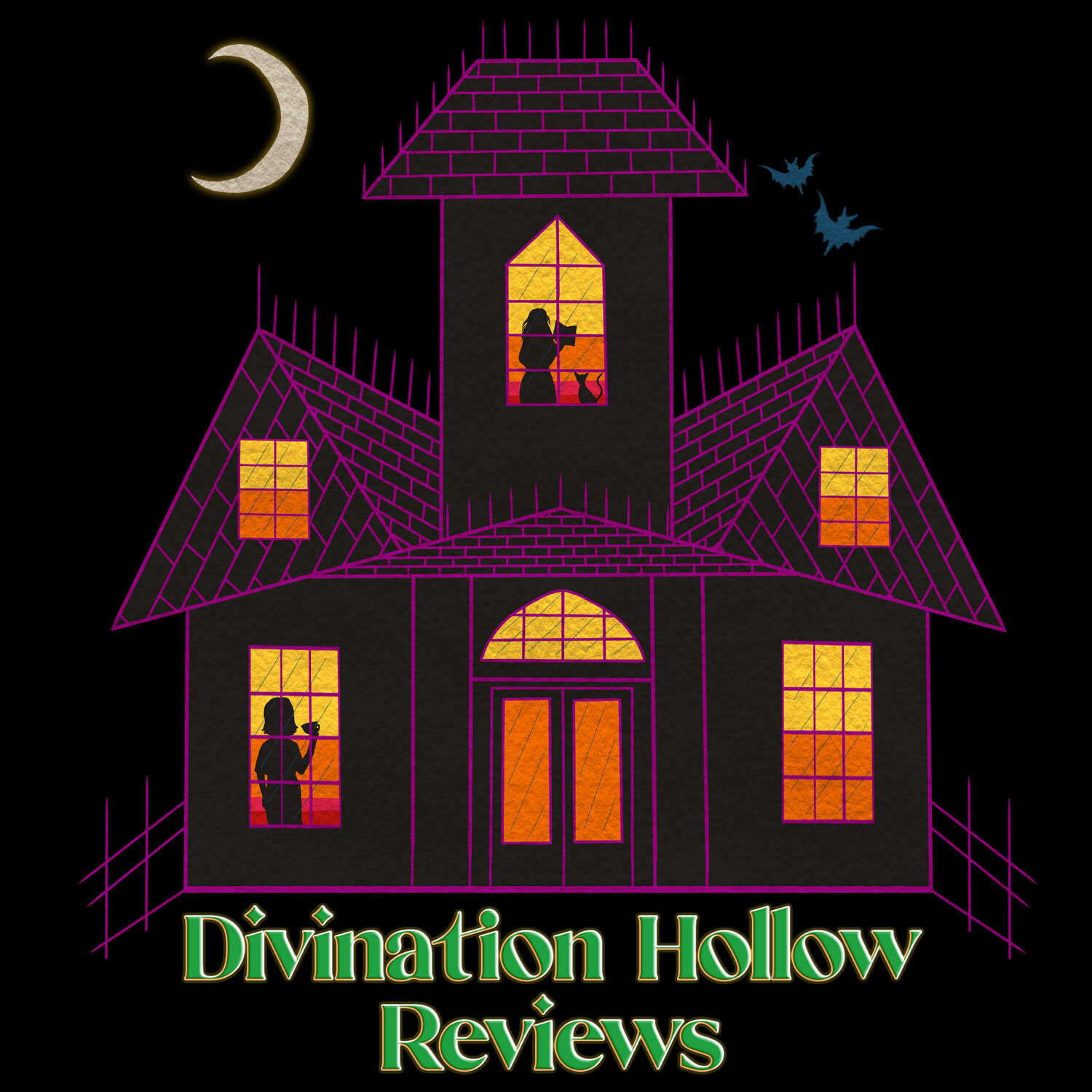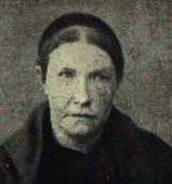The Evil Black Widows of Liverpool
by Catherine Cavendish
The subject of whether or not women can write horror still raises its head from time to time (surely it should be long buried now, given the plethora of amazing female horror authors past and present) but what about the act of committing it? I don’t mean the crime of passion, the revenge killing, the impulsive, pushed over the edge, ‘moment of madness’ murder. The type of murder to which I am referring is the cold, calculated, carefully planned and systematic serial murder. The type more readily associated with…well, historically at least…men.
Yet it is from history – more than 100 years ago in fact, that the following tale of two sisters – both serial murderers – arises.
Their names were Catherine Flanagan and Margaret Higgins and they lived in a rundown part of Liverpool, England, where Catherine kept a lodging house at 5 Skirving Street in the far from salubrious Vauxhall district. In 1881, Margaret was recently widowed, and the two women had hit upon a scheme to supplement their earnings.
In Liverpool, at the time, burial societies offered insurance cover for anyone, irrespective of age. The societies were not-for-profit organisations that would pay out on the death of a member to ensure they had a dignified funeral. The sisters soon realised they could make money here by arranging the absolute minimum in terms of a funeral while pocketing the remainder of the money.
In 1881, Thomas Higgins took his wife and ten-year-old daughter to take lodgings in Flanagan’s house. Little did he know that, in doing so, Thomas had unwittingly signed the death warrants of his wife, child and, ultimately, himself.
Not long after they moved in, his wife died, and he must have sought solace in the arms of Margaret, for, on 28th October, 1882, the couple married. By the end of the following month, Thomas's daughter had joined her mother. On 22 October 1883, having recently increased his life insurance cover, Thomas died, apparently from dysentery, not uncommon in those days of poor sanitation and public health.
But Thomas's brother Patrick, believed something much more sinister was going on and contacted the doctor who had signed the death certificate with his suspicions. The coroner was alerted and Thomas's body was exhumed and examined. No trace of disease was found and arsenic was proved to be the cause of death. Amazingly, this deadly poison could be found in most homes in those days - as one of the constituent ingredients of flypapers.
Motive? Simple. Money. Thomas was worth far more to the sisters dead than alive.
Following this gruesome discovery, three more bodies were exhumed. All had died recently, all had burial insurance, and all had resided with the sisters. Catherine's own twenty-two year old son, John, had netted his mother £71, a young female lodger had added £79 and Thomas's little daughter had returned a quick profit of nearly £22. Not inconsiderable sums in the 1880s. Post mortems revealed that every single one of them had died from arsenic poisoning.
Catherine Flanagan and Margaret Higgins were hanged together on 3rd March 1884 for the four murders, but this may only have been the tip of the iceberg. It was found that four other women were involved in the scam (although not convicted of any involvement in the poisonings) and there may have been as many as seventeen victims. The two sisters well and truly earned the sobriquet, ‘The Black Widows of Liverpool’. Not only were they widows themselves, thanks to their own handiwork, they also sat at the centre of a web of women prepared to exploit a scheme designed to alleviate the fears people then had of ending up in an unmarked, pauper’s grave.
Perhaps, though, their foul deeds should be viewed in the context of the times and circumstances in which they lived. While no one should condone murder – especially murder so callously committed – the living conditions were appalling in the Liverpool of that time. Women had very few options open to them, unless they had a man able and willing to support them. For many, it was a stark choice between prostitution and that most feared of places - the workhouse.
At some stage, the two sisters may well have weighed up these options, and then discarded them, in favour of…
Murder
(You can read more about this fascinating story of dark deeds in Victorian Liverpool in Angela Brabin's book, The Black Widows of Liverpool)
In Darkness, Shadows Breathe
Modern Horrors said of Catherine Cavendish, ‘If there is a crown of queen of gothic horror, she should be wearing it.”
Here’s what to expect from her latest book – In Darkness, Shadows Breathe – released January 2021:
You’re next…
Carol and Nessa are strangers but not for much longer.
In a luxury apartment and in the walls of a modern hospital, the evil that was done continues to thrive. They are in the hands of an entity that knows no boundaries and crosses dimensions – bending and twisting time itself – and where danger waits in every shadow. The battle is on for their bodies and souls and the line between reality and nightmare is hard to define.
Through it all, the words of Lydia Warren Carmody haunt them. But who was she? And why have Carol and Nessa been chosen?
The answer lies deep in the darkness…
About the author
Following a varied career in sales, advertising and career guidance, Catherine Cavendish is now the full-time author of a number of paranormal, ghostly and Gothic horror novels, novellas and short stories. In addition to In Darkness, Shadows Breathe, Cat’s novels include The Garden of Bewitchment. The Haunting of Henderson Close, the Nemesis of the Gods trilogy – Wrath of the Ancients, Waking the Ancients and Damned by the Ancients, plus The Devil’s Serenade, The Pendle Curse and Saving Grace Devine.
Her novellas include: The Malan Witch, The Darkest Veil, Linden Manor, Cold Revenge, Miss Abigail’s Room, The Demons of Cambian Street, Dark Avenging Angel, The Devil Inside Her, and The Second Wife
Her short stories have appeared in a number of anthologies including Midnight in the Pentagram, Midnight in the Graveyardand Haunted Are These Houses.
She lives by the sea in Southport, England with her long-suffering husband, and a black cat called Serafina who has never forgotten that her species used to be worshipped in ancient Egypt. She sees no reason why that practice should not continue.
You can connect with Cat here:






